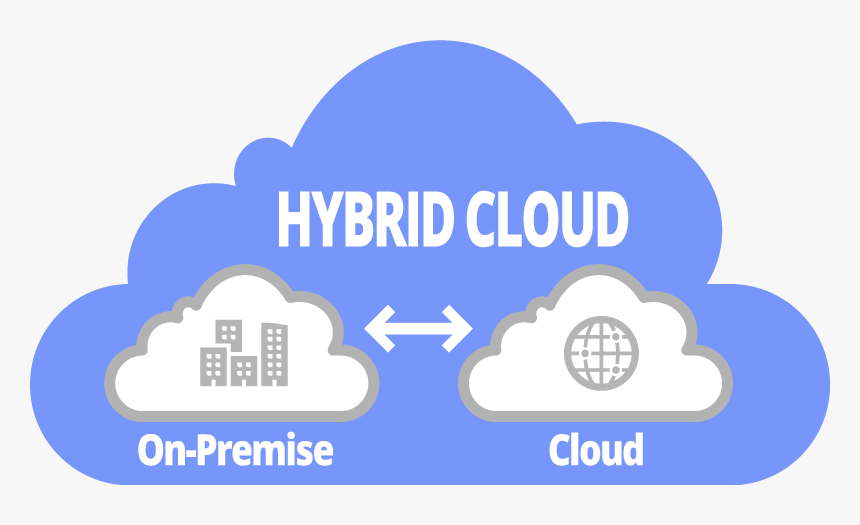A hybrid cloud is a type of cloud computing that combines on-premises infrastructure – or a private cloud – with a public cloud. Hybrid clouds allow data and apps to move between the two environments. Many organizations choose a hybrid cloud approach due to business imperatives such as meeting regulatory and data sovereignty requirements, taking full advantage of on-premises technology investment, or addressing low latency issues.
Hybrid clouds use public and private clouds as a single combined entity where data and application workloads can move seamlessly between platforms and share data between application workloads. This is achieved by virtualization of data and workloads, network function virtualization or VPNs, and connectivity to one or more cloud providers.
A hybrid cloud includes both public and private cloud elements, with the goal to enable consistent infrastructure and consistent operations across them. A Multi-Cloud is a cloud environment that includes more than one public cloud provider, regardless of whether it is hybrid or not. Thus cloud architecture can be hybrid without being multi-cloud, multi-cloud without being hybrid, or both hybrid and multi-cloud.
Enterprise Bridge offers an ideal solution for managing data in hybrid clouds and multi-clouds because it supports transparent network access to local resources as well as to wide variety of public and private cloud services, such as FTP, Confluence©, JIRA©, SharePoint©, OneDrive©, DropBox©, Box©, and many more.

